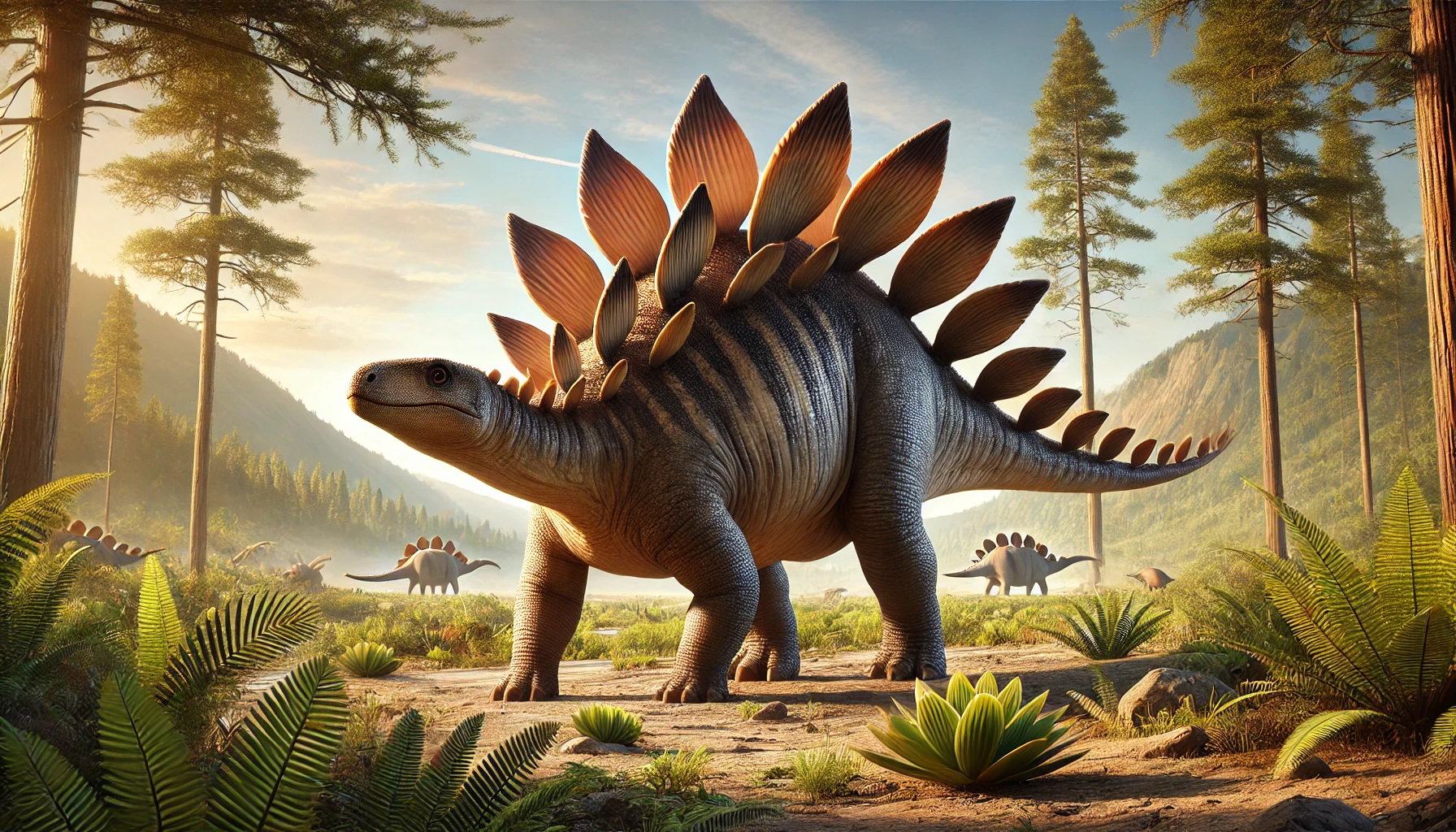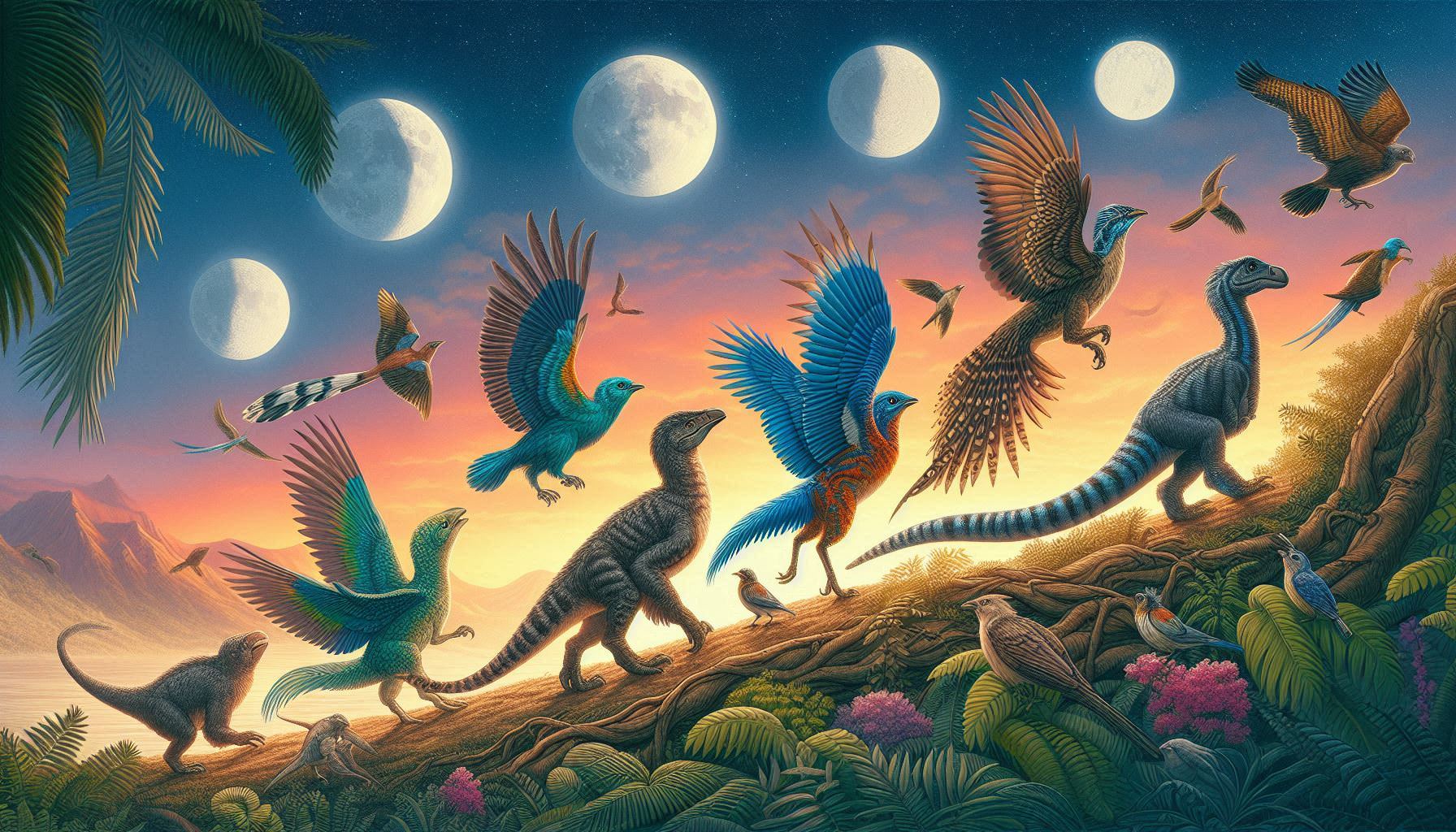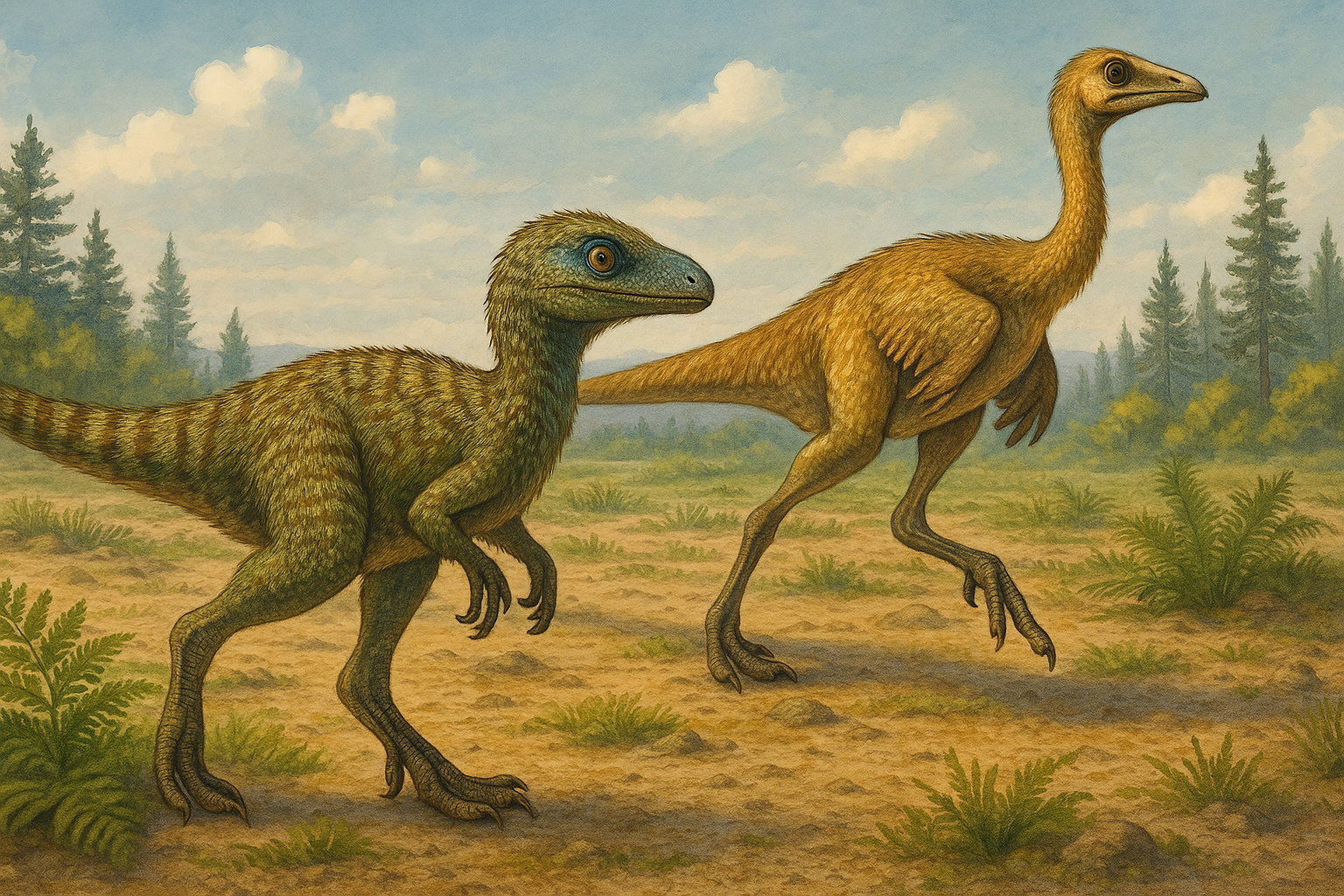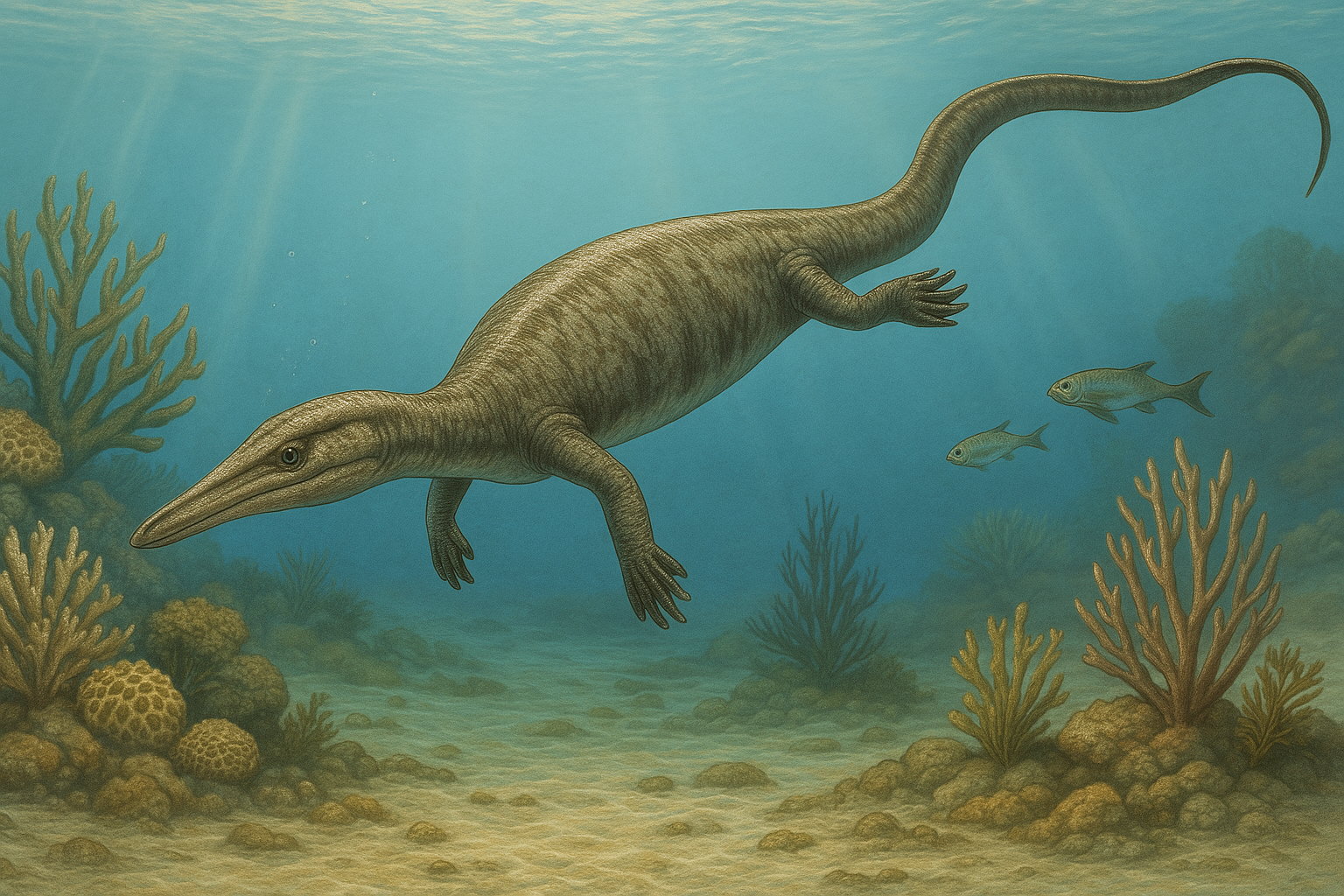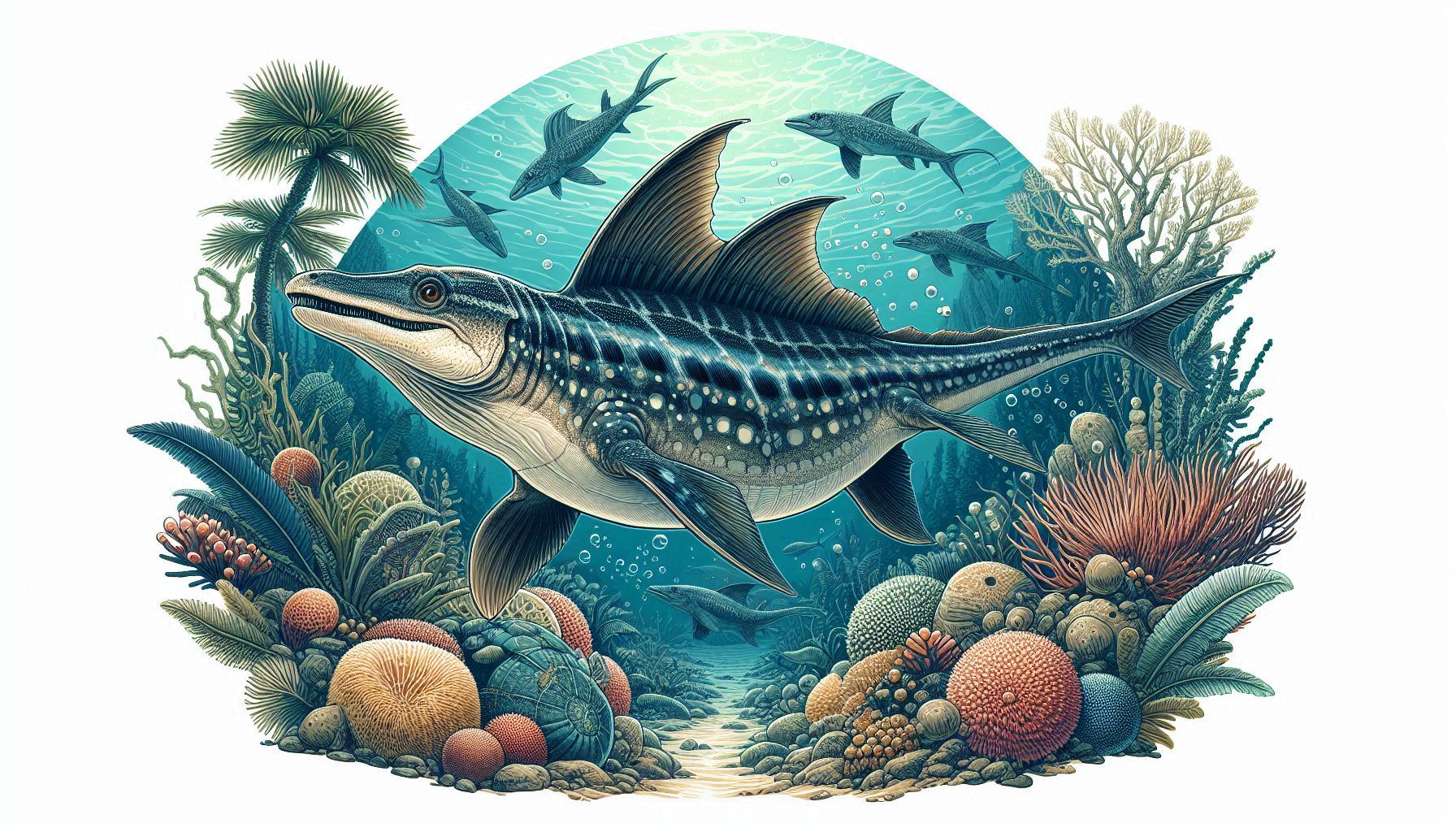- What dinosaur has 500 teeth? Meet Nigersaurus
- Discovery and Naming
- What Did Nigersaurus Look Like?
- Feeding Habits: The “Mesozoic Cow”
- Environment: A Lost Green World
- Why Nigersaurus Matters
- How Do You Pronounce “Nigersaurus”?
- FAQ
- What dinosaur had 500 teeth?
- Is Nigersaurus a real dinosaur or a meme?
- Why did Nigersaurus have so many teeth?
- Was Nigersaurus dangerous?
- Where were Nigersaurus fossils found?
- What did Nigersaurus eat?
- How do you pronounce “Nigersaurus”?
- How big was Nigersaurus?
What dinosaur has 500 teeth? Meet Nigersaurus
Imagine a dinosaur with a mouth packed with over 500 tiny teeth—and no, it’s not a myth or meme. It’s a real creature from Earth’s ancient past. Meet Nigersaurus (pronounced “NYE-jer-SORE-us”), a truly one-of-a-kind herbivore that lived about 110 million years ago, during the mid-Cretaceous period, in what is now Niger, West Africa.
Discovery and Naming
The story of Nigersaurus began in the 1950s, when French paleontologist Philippe Taquet first discovered its fossilized remains in the Saharan sands. For decades, the skeleton lay mostly unrecognized—until a team led by American paleontologist Paul Sereno returned to the region in the late 1990s. In 1999, they formally described and named the dinosaur. The name “Nigersaurus” means “Niger’s lizard”, a nod to the country where it was found.
What Did Nigersaurus Look Like?
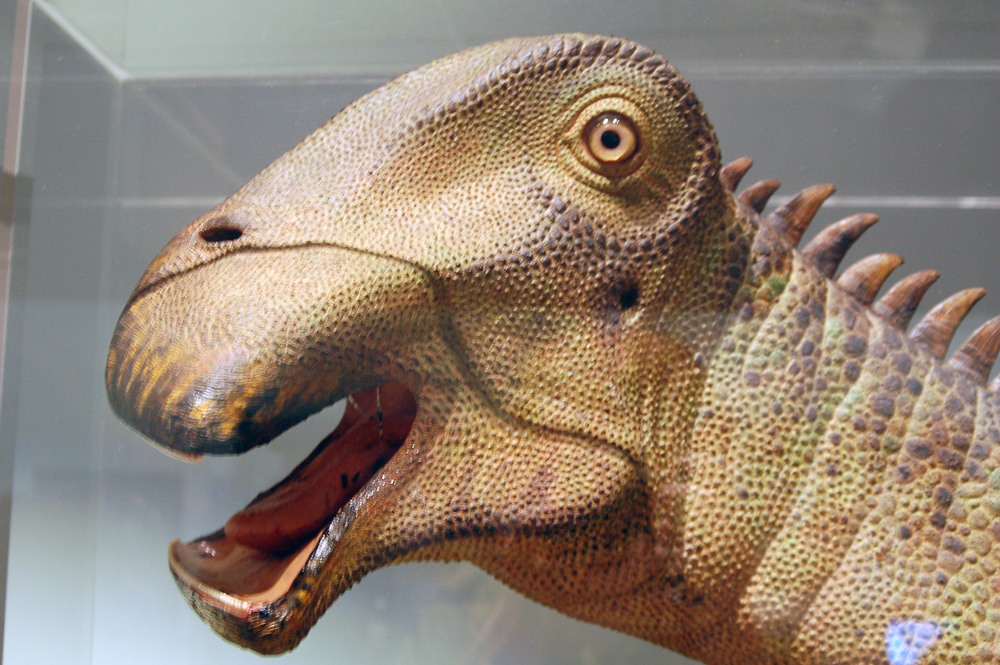
Compared to its massive sauropod cousins, Nigersaurus was a lightweight. It measured about 30 feet (9 meters) in length and weighed around 4 tons—roughly the size of a modern elephant.
But what really made it stand out was its skull and teeth. Its skull was delicately built, with wide openings that made it light but fragile. At the front was a broad, flat snout lined with more than 500 slender teeth, neatly arranged in rows. These teeth were constantly replaced, about every two weeks—a necessary adaptation for a dinosaur that chewed soft plants all day.
Feeding Habits: The “Mesozoic Cow”
Nigersaurus didn’t have to look far for a meal. It was a ground-level grazer, perfectly adapted to snipping off low-lying vegetation like ferns, horsetails, and other prehistoric plants. Its jaw was wider than its head—an odd but useful design for sweeping through plant matter efficiently.
Because it likely lacked strong jaw muscles, it’s believed Nigersaurus didn’t chew in the traditional sense. Instead, it relied on volume over bite force, grazing almost constantly—much like a prehistoric version of a cow.
Environment: A Lost Green World
Believe it or not, the now-arid Sahara Desert was once a lush, tropical floodplain. Rivers wound through forests, and the landscape teemed with life. Nigersaurus shared this green world with other dinosaurs, crocodilians, and early birds. It thrived in this ecosystem thanks to an abundance of low plants and a climate ideal for massive herbivores.
Why Nigersaurus Matters
Beyond the memes and curiosity around its 500 teeth, Nigersaurus tells scientists a lot about how diverse and specialized dinosaurs could be. It’s an evolutionary oddball—a dinosaur that adapted to a very specific feeding strategy, with a skull and mouth unlike anything else we’ve seen in the fossil record.
Its discovery also highlights how much more there is to learn about dinosaur evolution in Africa, a continent that’s still revealing new secrets buried beneath its deserts.
This quirky dinosaur might not be as famous as T. rex or Triceratops, but Nigersaurus stands out for its remarkable dental structure, peaceful grazing lifestyle, and a skull that looks like it came from science fiction. Proof that even in the age of giants, it was sometimes the gentle, ground-grazing oddballs that left the biggest impression.
How Do You Pronounce “Nigersaurus”?
The name can be tricky, but it’s pronounced: NYE-jer-SORE-us. For those curious about pronouncing “Nigersaurus” correctly, here’s a helpful guide:
FAQ
What dinosaur had 500 teeth?
The dinosaur known for having over 500 teeth is Nigersaurus, a plant-eating sauropod that lived about 110 million years ago in present-day Niger, Africa.
Is Nigersaurus a real dinosaur or a meme?
Yes, Nigersaurus is a real dinosaur, not a joke or meme. It was officially named in 1999 and is recognized for its unique skull and dental structure.
Why did Nigersaurus have so many teeth?
Nigersaurus had over 500 teeth arranged in rows, which helped it efficiently graze on low-lying vegetation. Its teeth were delicate and replaced every 14 days.
Was Nigersaurus dangerous?
No, Nigersaurus was a herbivore and not dangerous. It spent most of its time grazing plants and posed no threat to other animals.
Where were Nigersaurus fossils found?
Fossils of Nigersaurus were discovered in the Elrhaz Formation in Niger, Africa, a region that was once a lush, tropical floodplain.
What did Nigersaurus eat?
Nigersaurus fed on soft, low-lying plants like ferns and horsetails, using its broad, flat mouth and numerous teeth to gather food efficiently.
How do you pronounce “Nigersaurus”?
Nigersaurus is pronounced “NYE-jer-SORE-us.” It means “Niger lizard,” referencing the country where it was discovered.
How big was Nigersaurus?
Nigersaurus was relatively small for a sauropod, measuring around 30 feet (9 meters) in length and weighing approximately 4 tons, similar to an elephant.


